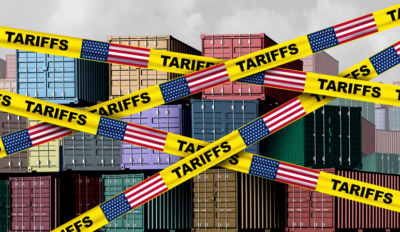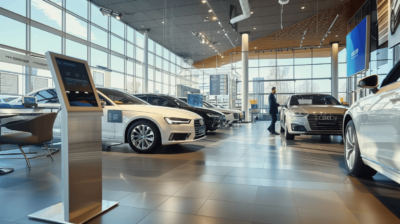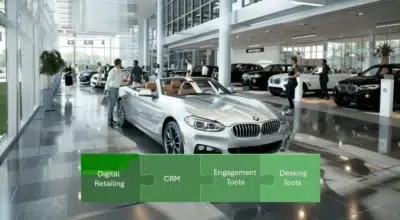eLEND Solutions Blog
Blog
Adapting to Tariffs: Six Strategies for Car Dealerships to Protect Profits and Stay Competitive
Tariff disruption isn’t just coming. It’s already underway. Inventory is tightening. OEMs are accelerating shipments, delaying launches, and shifting production priorities to minimize exposure. Some brands are freezing prices or offering last-mi...
Blog
How to Leverage Customer Reviews to Build Trust & Drive Sales
Ever had a customer walk in already convinced they’re not going to like you? You can spot them a mile away. Arms crossed. Eyebrows raised. That “prove me wrong” look on their face. They are not there to browse, they are there to fact-check. ...
Blog
The Silent Sales Killer: Credit Anxiety (And What to Do About It)
The automotive industry is facing a unique set of challenges right now, largely due to affordability pressures, complicated by the recently announced tariffs. Different automakers are exposed differently based on their manufacturing and parts sourcing, wi...
Blog
AI and Car Dealerships: A Closer Look at the Changes
Artificial intelligence—or AI—isn’t just a buzzword tossed around at tech conferences anymore. As adoption grows, AI in the automotive industry is becoming a real factor in day-to-day dealership operations. It’s showing up in more places than many...
Blog
Modern Conveniences for Your Dealership Showroom
Car buyers today aren’t just looking for the right vehicle—they’re looking for the right experience. They expect fast, seamless transactions everywhere else—whether they’re ordering online, transferring money through a banking app, or checking i...
Blog
Dealer Tools: Keys to Your Dealership’s Success
Are your dealership tools helping or hurting? Learn how to get more out of the tools you are already paying for to close deals faster and more profitably....





